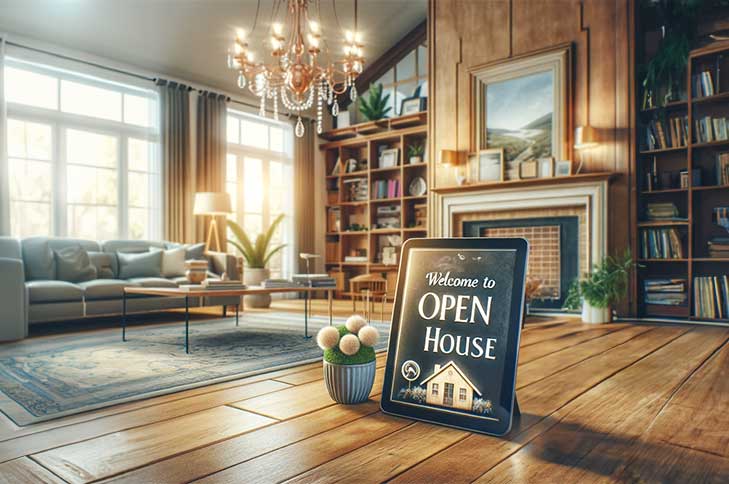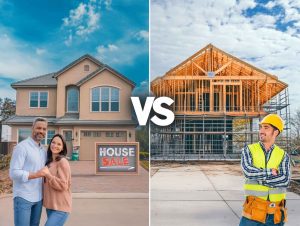In an age where digital platforms and technological advancements have revolutionized real estate marketing, the traditional ‘Open House’ continues to be an effective tool in a realtor’s arsenal. Despite a slight decline in its prevalence compared to a few years ago, my experience in the industry affirms that open houses remain a potent strategy, particularly for homes that are appropriately priced and well-presented.
One of the key strengths of an open house is its ability to create a direct, personal experience for potential buyers. In a digital-first world, the tactile experience of walking through a home, feeling its space, and visualizing life within its walls cannot be underestimated. This tangible interaction often fosters an emotional connection that virtual tours or online images might fail to replicate.
However, for an open house to be successful, two critical factors must be in play: pricing and presentation. Homes that hit the market at the right price point are more likely to draw in serious buyers. Overpricing a property for an open house can lead to a lack of interest, which not only wastes resources but can also stagnate the property on the market, potentially leading to a lower final sale price.
Similarly, the presentation of the property is vital. A home that is clean, decluttered, and staged enhances its appeal exponentially. It allows prospective buyers to envision themselves in the space, increasing the likelihood of an offer. On the contrary, a poorly presented home can deter buyers, or worse, leave a negative impression that spreads through word of mouth or social media.
In addition to these factors, the strategic timing of an open house can significantly impact its success. Hosting an open house shortly after listing the property, preferably within the first couple of weeks, can capitalize on the initial buzz and generate a competitive atmosphere among buyers.
Moreover, the role of the real estate agent in hosting an open house is paramount. An experienced agent can effectively highlight the unique features of the home, answer questions on the spot, and gauge buyer interest, which can be invaluable for subsequent negotiations.
Open houses also offer valuable feedback for sellers. Observations and comments from visitors can provide insights into the general perception of the home and its price, offering an opportunity for adjustments if necessary.
Despite the undeniable impact of digital marketing in real estate, the open house remains a valuable strategy, especially when integrated with online marketing efforts. By promoting open houses through social media, email newsletters, and online real estate listings, agents can attract a broader audience, combining the best of both worlds.
In conclusion, while the landscape of real estate marketing continues to evolve, the open house stands resilient as a classic, effective marketing tool. It requires careful planning, pricing, and presentation, but when executed well, it can be a decisive factor in the sale of a property. As the real estate market continues to adapt and grow, the open house is likely to remain a cornerstone of property marketing, a testament to its enduring value in connecting buyers and sellers.






